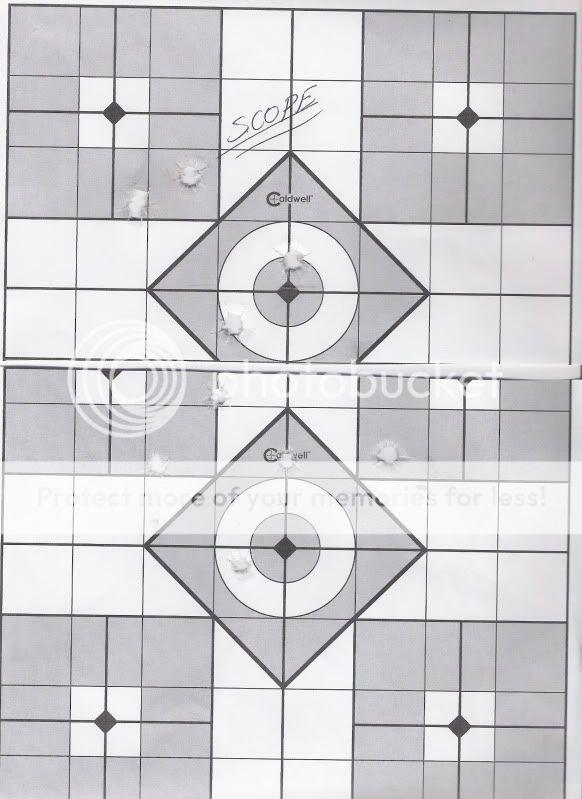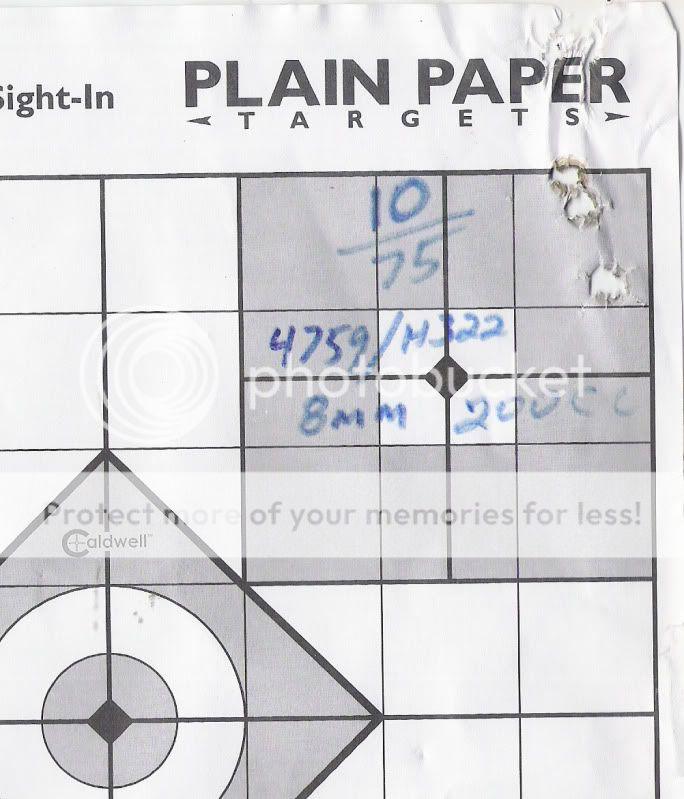You are going to have to provide a bit more information.
What is the ammo ? Store bought / reload ? Who's brass, powder and bullet ?
I have many rounds of 1950's yugoslavian 8mm Mauser ammo that shoots like that, no matter how good the rest of the equipment. The same rifle shooting hand loads with Hornady 150gr Soft points (not the best bullet, but effective downrange) will hold 1MOA reliably.
I was today shooting a Remington 700 varmint rifle in 223. I do not yet have my dies, so bought some PPU soft point ammo for sighting it in and breaking in the barrel. I also got a couple of boxes of Hornady Vmax 55gr (all the bullets were the same weight between brands). I have 250 55gr Vmax bullets and 200 Winchester cases prepped to build a batch, once the post office delivers the package in the mail...
The PPU ammo shot 1.5-2MOA. The Hornady ammo was 0.75-1MOA, with the shooter contributing significantly. I managed to pinch my trigger finger between the bipod mount and the bipod leg right at the pivot and the mount plate had a square corner that cut right through the finger nail... So, I really noticed the trigger weight today, shooting with that finger...
Really, with the ammo there are so many variables: Is the weight of the brass consistent ? Do you mix different brands of cases when reloading ? How is the case neck tension set ? Are the bullets crimped ? How consistent is the powder charge and overall length ?
To me, deviation laterally is either bullet quality or "pulling" the shot through trigger weight/jerk/flinch. Vertical can also be bullet quality, but also muzzle velocity and anything that affects that, including how clean the bore is.
Check the muzzle carefully, in case it got a ding. If it did, have it re-crowned and if that, then ask for a recessed crown to offer a bit more protection in future.
On the bullets, go to the range, and cycle a magazine load of bullets through the action and inspect them carefully before and after. Shoot a magazine load and inspect the last bullet before feeding it in the chamber. On a heavy recoiling gun, the bullet tips can get damaged due to recoil if they are soft points.
The biggest single factor for getting my Remington 700 to shoot decently was getting a new stock. I got a thumbhole laminated stock for $160 which solved several issues simultaneously:
It free floated the barrel
It provided better alignment between eye and scope due to supporting the cheek better
It provided a much better "reach" for the trigger finger, where on the original stock it was too close and my finger would cramp.
It had a "decelerator" type pad already fitted
The action / recoil lug fitted better and while bedding the action would probably improve it further and make it more reliable, I have not yet bothered since I was down to 1MOA or less which is good enough for me right now.
Something as insidious as wrongly adjusting the scope eyepiece could cause parallax error (compounded by a poor cheek support due to a low cut stock). Now throw in changes in eyesight, a lower magnification scope and one can be all over the place. My Nikon Monarch 4-16x50 lets me see exactly what is going on at the target at 100yds and the side focus and turrets keep things dialed in in the field.



